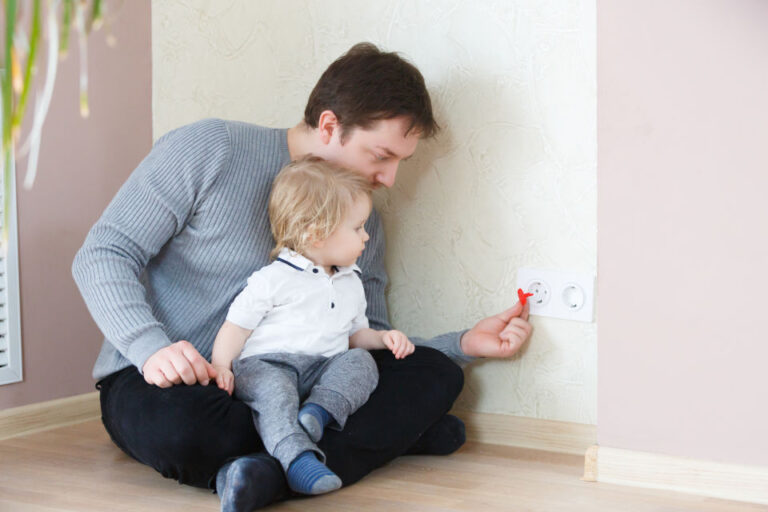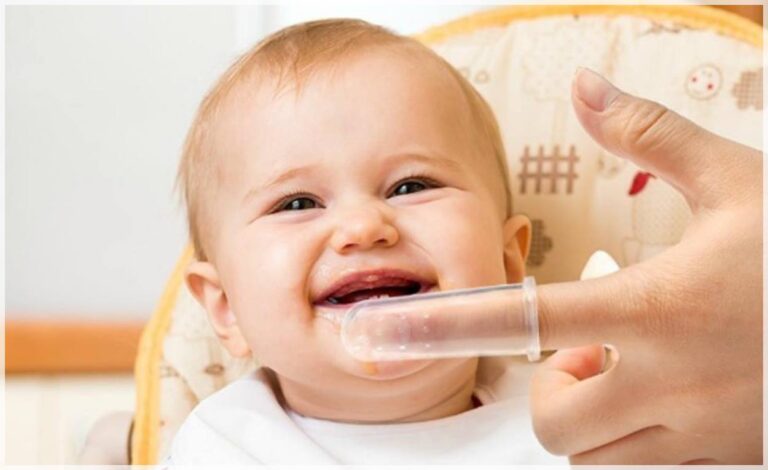When to remove the pacifier to avoid oral problems due to prolonged use?
To use or not to use a pacifier? This is one of the doubts that arises when our baby comes into the world. The fear that it may interfere with breastfeeding or cause deformities in their mouth and teeth leads some parents to choose not to offer it to their children.
The pacifier will not cause oral malformations if it is removed before 24 months.
Make sure you always select the best pacifier for your breastfed baby
The president of SEDO, Juan Carlos Pérez Varela, explains that by using the pacifier correctly there is no reason to fear that it may affect the child’s oral health:
“The pacifier helps babies fall asleep and calm down when they cry , reduces the incidence of sudden death and is less harmful than the habit of sucking the finger , or even the hand (because among other things, it cannot be removed finger to correct the habit) or fall asleep while taking the bottle during the so-called oral phase, because there are fewer deformities, especially if it is anatomical “

Changes in the child’s mouth caused by the pacifier
Let see what happens in the child’s mouth from the moment the pacifier is inserted , and how changes occur in the teeth and jaw to adapt to this type of non-nutritive suction:
- The first thing that happens is that the lower central teeth gradually deviate inwards, while those that are in the same plane but in the upper jaw tend to separate and protrude outwards, which is popularly known as “teeth of rabbit”.
- Prolonged use of the pacifier beyond 24 months, can cause the canines to collide with each other and both rows of teeth do not close properly, causing a malocclusion known as open bite , that is, the upper teeth move forward, and the lower back.
- On the other hand, the action of sucking puts into operation a series of muscles of the face that, together with the position of the tongue, finally make the upper and lower lines lose their parallelism, causing a crossbite .
- Likewise, permanent use of the pacifier dislodges the teeth , although they are repositioned a few months after stopping their use, as long as we do so before two years, since there will not be enough time for joint malformations to occur. temporomandibular or significant bone deformations that modify the definitive dental arch.

All these oral alterations occur with the suction of the pacifier, but for the malformations to be evident, more or less constant pressure is necessary for several hours a day and, as we have mentioned, prolonged use beyond 24 months of age.
“At two years of age, with all the milk teeth out , the pacifier will have already fulfilled its function of calming and relieving the child. Removing it at a late age can affect the positioning of the jaws and deform the palate and jaw” – Alerts Dr. Pérez Varela.
Once the pacifier has been removed, if we see that there have been deformities in the mouth or teeth, it is essential to solve it early , since if it is not done, the child could develop a more serious and difficult to correct malocclusion, apart from the fact that the orthodontic treatment would suppose a greater economic cost to us.
Thus, an open bite caused by excessively prolonged use of the pacifier could evolve into a skeletal open bite that is difficult to solve in adulthood without resorting to surgery. Similarly, a crossbite not corrected in time could lead to an asymmetric growth of the face .

For this reason, proper professional monitoring of the oral health of our children is essential , which must begin at an early age and continue periodically throughout their childhood . In this way, we will ensure that any problems that arise will be detected in time and corrected quickly and efficiently.
Tips for correct pacifier use
Thus, if the parents wish, there is no reason to reject the use of the pacifier if it is done responsibly and following the following recommendations made by the Spanish Society of Orthodontics:
- Using the pacifier as a method to avoid sucking the finger , which has more serious consequences on the child’s oral health.
- Adjust the size of the pacifier in relation to the baby’s mouth, because if it is not adequate, it will enhance deformations.
- Do not dip the pacifier in sugar, juice, honey, as this habit can cause cavities in the baby’s teeth.
- Do not use the pacifier to delay a meal.
- Remove the pacifier before 24 months of age (here are some tips that you can follow to face this moment, which can be so difficult for some children).




